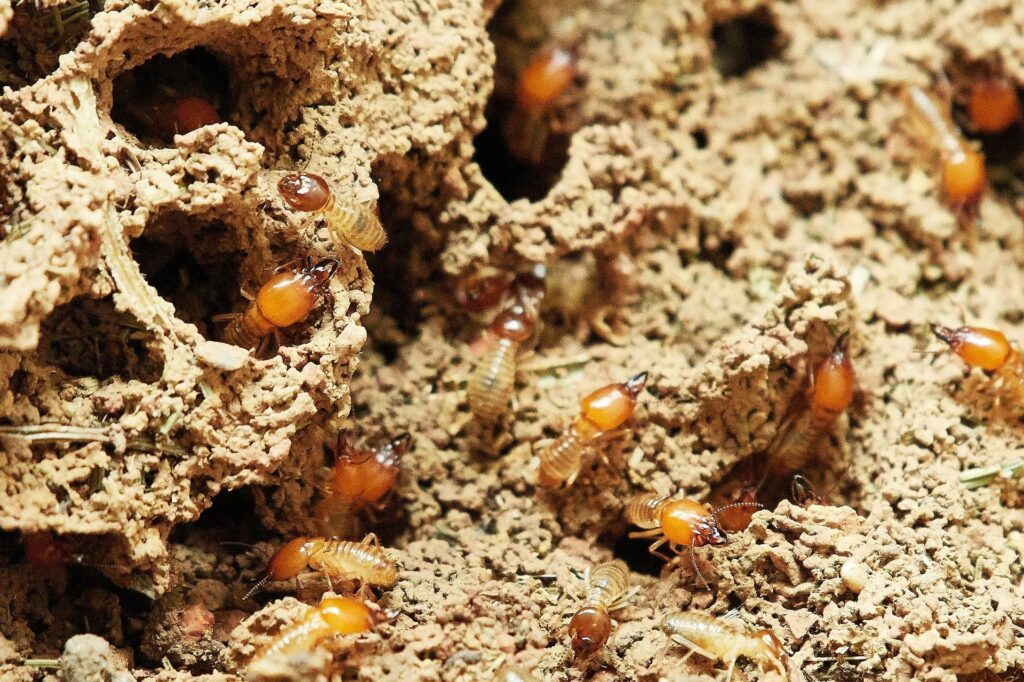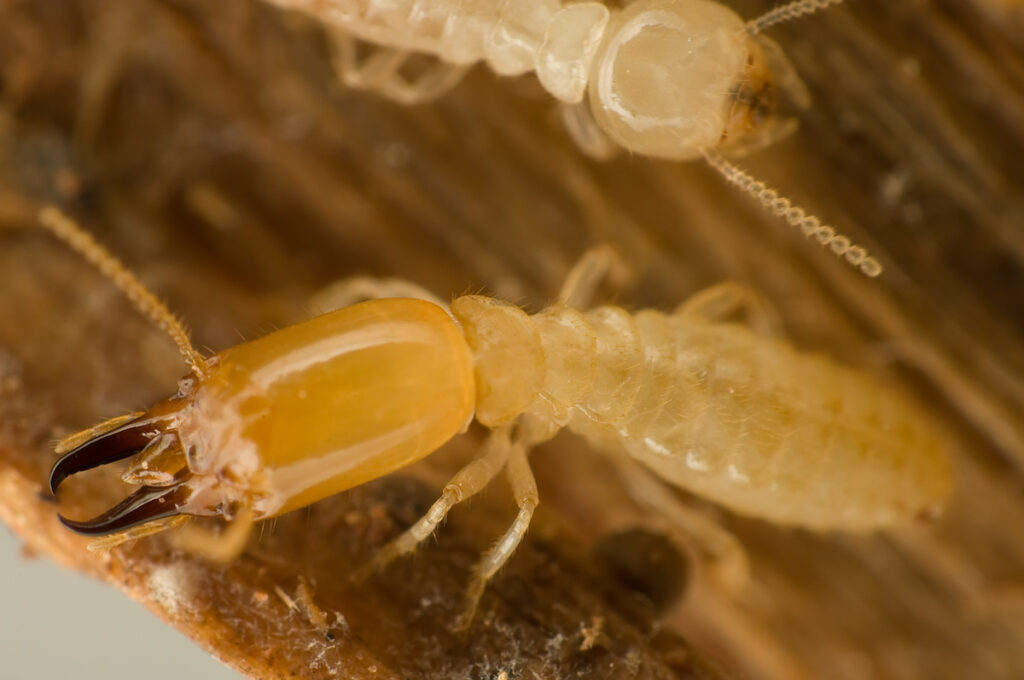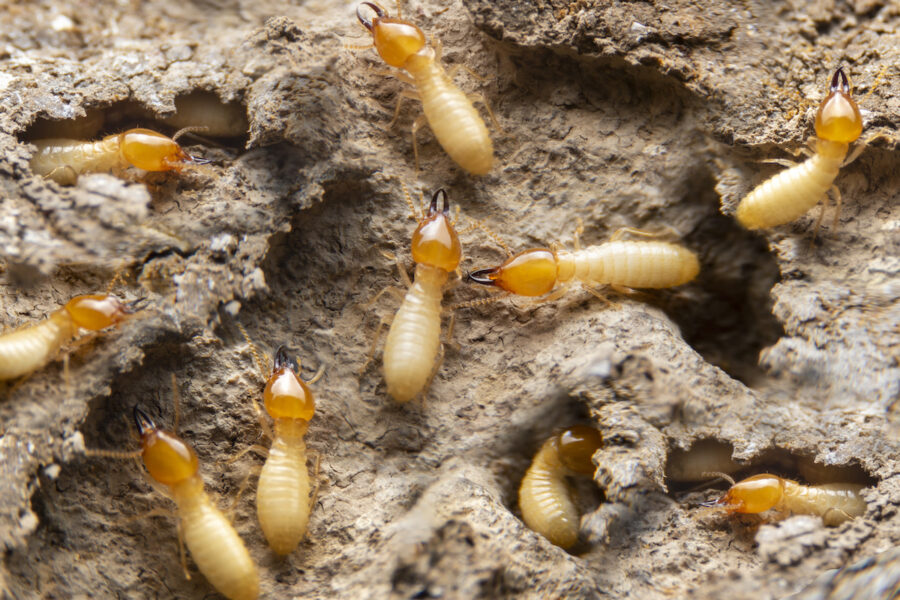Understanding Pests and Termites
Pests and termites are often confused due to their destructive nature, but they are distinct categories of organisms that require different treatment approaches. Pests encompass a wide range of unwanted creatures, including insects, rodents, and even larger animals that invade homes and gardens. Termites, on the other hand, are a specific type of pest known for their wood-eating habits, which can lead to severe structural damage.
Recognising the differences between these two can significantly impact how one approaches pest control in their home or business. Understanding their behaviours, habitats, and the damage they can cause is crucial for effective management and sydney termite control.
Common Types of Pests
Common household pests include ants, cockroaches, rodents, and flies. Each of these pests has unique behaviours and habitats, which influence the methods used for their control. For instance, ants often form colonies and can infiltrate homes in search of food, while cockroaches thrive in damp environments and are notorious for spreading diseases.
Rodents, such as mice and rats, can cause significant damage to property and pose health risks through contamination. Flies, on the other hand, are not only a nuisance but can also carry pathogens that affect food safety. Understanding the specific type of pest is essential in determining the appropriate treatment method.
Termites: The Silent Destroyers
Termites are often referred to as “silent destroyers” because they can cause extensive damage before their presence is even detected. These insects primarily feed on cellulose, which is found in wood, paper, and other plant materials. There are several species of termites, but the most common in the UK are subterranean and drywood termites.
Subterranean termites build their colonies underground and can create extensive networks that compromise the integrity of wooden structures. Drywood termites, while less common, can infest dry wood and furniture, leading to costly repairs. Identifying a termite infestation early is crucial to minimising damage.
The Importance of Pest Control
Pest control is essential for maintaining a healthy living environment. Pests can not only damage property but also pose health risks to inhabitants. For example, rodents can carry diseases, while certain insects can trigger allergies or asthma. Effective pest management strategies help mitigate these risks and protect both physical and mental well-being.
Moreover, pests can affect the comfort and enjoyment of a home or workplace. An infestation can lead to stress and anxiety, impacting the quality of life. Therefore, understanding when and how to seek professional pest control services is vital for maintaining a pest-free environment. Read more about the importance of pest control at https://chinapreservationtutorial.library.cornell.edu/content/pest-control/

Signs of Pest Infestation
Recognising the signs of a pest infestation is the first step in addressing the problem. Common indicators include droppings, gnaw marks, nests, and unusual sounds. For instance, the presence of small black droppings may indicate a rodent issue, while discarded wings and mud tubes can suggest a termite infestation.
In addition to physical signs, unusual smells or unexplained damage to property should also raise alarms. Homeowners should remain vigilant and proactive in monitoring for these signs to catch infestations early.
Health Risks Associated with Pests
Pests can pose a variety of health risks. Rodents are known carriers of diseases such as hantavirus and leptospirosis, which can be transmitted to humans through direct contact or contaminated food and surfaces. Insects like mosquitoes and ticks can spread diseases such as Lyme disease and West Nile virus.
Moreover, some pests can trigger allergic reactions or exacerbate asthma symptoms. For example, cockroach droppings and body parts can contribute to respiratory issues in sensitive individuals. Therefore, addressing pest issues promptly is crucial for safeguarding health.
Termite Treatment: Methods and Strategies
Termite treatment requires a specialised approach due to the unique behaviours and nesting habits of these insects. A thorough inspection by a pest control professional is often the first step in identifying the extent of the infestation and determining the best course of action.
There are several methods for treating termites, including bait systems, liquid treatments, and fumigation. Each method has its advantages and is chosen based on the severity of the infestation and the specific type of termite involved.
Bait Systems
Bait systems involve placing bait stations around the perimeter of a property. These stations contain a slow-acting insecticide that is taken back to the colony by worker termites. Over time, this method can eliminate the entire colony, making it an effective long-term solution.
One of the advantages of bait systems is that they are less intrusive than other methods, allowing homeowners to continue using their spaces without significant disruption. Regular monitoring and maintenance are essential to ensure the bait remains effective over time.
Liquid Treatments
Liquid treatments involve applying a chemical barrier around the foundation of a building to prevent termites from entering. This method can be effective for both preventative measures and treating existing infestations. The chemicals used in liquid treatments can either kill termites on contact or create a barrier that repels them.
While liquid treatments can be highly effective, they may require reapplication over time, especially in areas with high moisture levels that can degrade the barrier. Homeowners should consult with pest control professionals to determine the best timing for reapplication.
Fumigation
Fumigation is typically reserved for severe infestations, particularly those involving drywood termites. This method involves sealing the entire structure and introducing a gas that penetrates all areas, including hard-to-reach spaces. Fumigation is highly effective but requires residents to vacate the premises for a specified period.
Due to its complexity and the need for specialised equipment, fumigation should only be performed by licensed professionals. It is essential to follow all safety guidelines and recommendations to ensure the process is successful and safe.
Pest Control: Treatment Options
While termite treatment focuses specifically on wood-destroying insects, general pest control encompasses a broader range of pests. Treatment options vary based on the type of pest and the severity of the infestation.
Common pest control methods include traps, sprays, and professional extermination services. Each method has its own set of advantages and considerations, making it essential to choose the right approach for the specific pest issue at hand. To learn more options for pest control click here.

Traps and Baits
Traps and baits are often the first line of defence against common household pests. These methods can be effective for controlling populations of ants, cockroaches, and rodents. Traps can capture pests without the use of chemicals, making them a safer option for households with children and pets.
Baits, on the other hand, contain attractants that lure pests to a toxic substance. While effective, it is crucial to place these baits in areas where they are inaccessible to non-target animals and children. Regular monitoring is necessary to ensure that the baits remain effective and to prevent overpopulation.
Chemical Sprays
Chemical sprays are a common method for treating a variety of pests, including flies, mosquitoes, and cockroaches. These sprays can be applied indoors and outdoors, providing immediate relief from infestations. However, it is vital to follow safety guidelines and instructions when using chemical sprays to minimise risks to health and the environment.
Professional pest control services often use specialised formulations that are more effective and longer-lasting than over-the-counter products. Consulting with experts can provide tailored solutions that address specific pest issues while ensuring safety.
Professional Extermination Services
For severe infestations or when DIY methods prove ineffective, professional extermination services may be necessary. These services typically involve a thorough inspection, identification of the pest, and the implementation of targeted treatment strategies.
Professional pest control technicians are trained to handle various pests safely and effectively. They can also provide ongoing monitoring and preventative measures to ensure that infestations do not recur. Investing in professional services can save homeowners time and money in the long run by addressing pest issues comprehensively.
Conclusion: The Need for Both Treatments
In conclusion, understanding the differences between pest and termite treatment is essential for effective pest management. While both pests and termites can cause significant damage and pose health risks, their treatment approaches differ. Homeowners should be proactive in monitoring for signs of infestations and seek professional help when necessary.
By addressing both pest and termite issues, individuals can protect their homes and ensure a safe, comfortable living environment. Regular inspections and preventative measures can go a long way in minimising the risks associated with these unwanted intruders.
Related : Termite Pest Control Sydney: How to Keep Your Home Safe from Structural Damage


